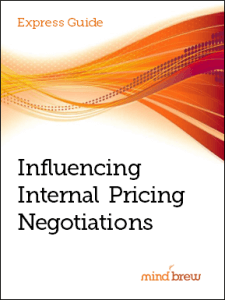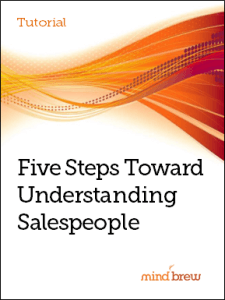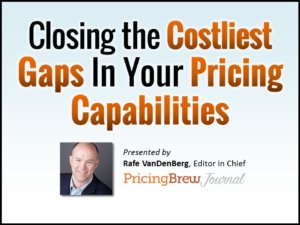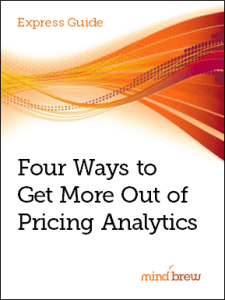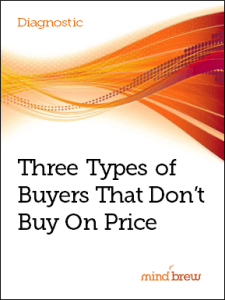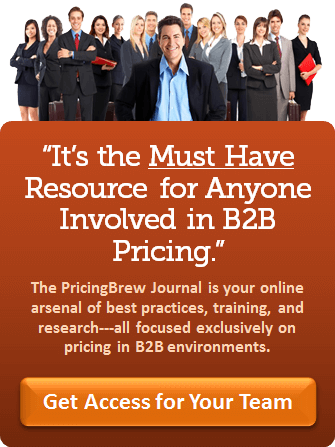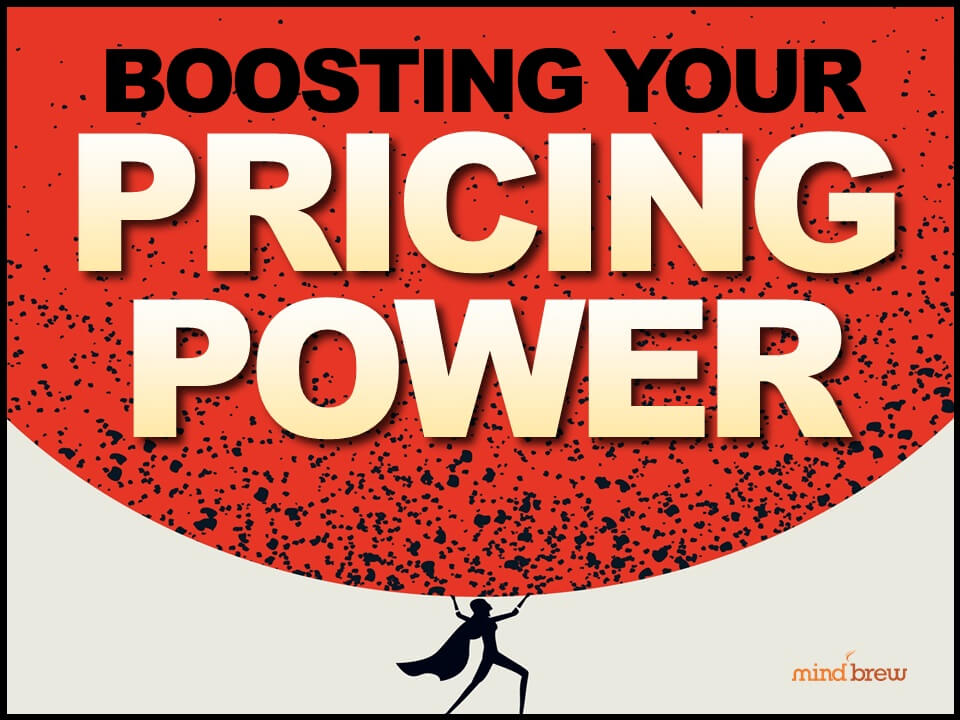As a pricing person, it’s tempting to view your job as stopping unnecessary and unwarranted discounts. As such, it’s easy to get in the habit of responding to every discount demand from the field with an emphatic “No!”
And at some point, you’ve probably even fantasized about changing your voicemail message to something like, “If you’re calling to request a discount, please don’t bother leaving a message and I’ll get back to you never.”
I get it. I really do.
But as tempting as it may be, it’s not a good habit to get into. Saying “no” all of the time does little to bolster internal perceptions around what you do. Nor does it foster the sort of collaborative environment that leads to lasting change and progress.
So, what should you do instead? Try to get in the habit of saying, “Yes!”
Now, I’m not saying that you should just roll over and give in to every discount demand “as is”. I’m merely suggesting that you think about how you could actually say “Yes” with a clear conscience.
What would have to happen for you to be OK with the requested discount? How would the deal need to look for the lower price to be appropriate? What conditions would have to be met to earn the price concession?
Then, when the sales guy says, “Customer X needs a 10% discount on this deal,” you can respond with something a bit more constructive:
“Sure! He just needs to buy 300 more units on this order.”
“Absolutely! If he also buys Product A and C at the same time.”
“You betcha! Just substitute Product D and we’re good to go.”
“Certainly! We’ll just have to leave Service B out of the bundle.”
See how that works? Instead of saying “no,” you’re outlining the conditions under which you can say “yes”. And that seemingly minor change can make a big difference with respect to how your internal interactions play out and how your efforts are being perceived.
Admittedly, this approach is not nearly as efficient as mounting a big “No!” sign on the door of your office, or wearing a “Don’t even ask!” button on your lapel.
But I guarantee that it’s a lot more effective.

